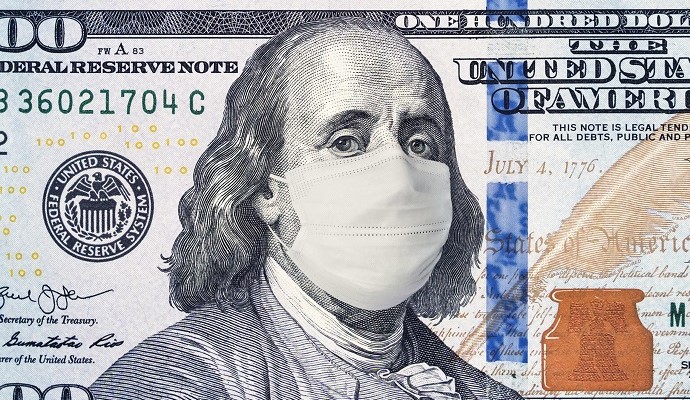Primary Care Practices to Take $15B Hit from Early COVID-19 Response
A new study estimates that primary care practices will lose over $65K in revenue per full-time physician after drastic declines in office visits and payments from March to May 2020.

Source: Getty Images
- Primary care practices are slated to lose approximately $15 billion as a result of dramatic declines in office visits and reimbursements during the peak of the COVID-19 pandemic in the US, reveals a new study published in Health Affairs.
For more coronavirus updates, visit our resource page, updated twice daily by Xtelligent Healthcare Media.cdvf0
According to researchers from Harvard Medical School and American Board of Family Medicine, visit volume declines in early 2020 – which hit their lowest in late-March for all types of visits (down 58 percent) and early-April for in-person visits (69 percent) – are slated to cost primary care practices over $65,000 in revenue per full-time physician.
Those losses could increase dramatically if the country has to implement additional shelter-in-place orders later this year or if payers revert to lower telehealth reimbursement rates, the study highlighted.
“For many primary care practices, particularly those serving the most vulnerable populations, these losses could be catastrophic, with many practices being forced to close,” said study author Sanjay Basu, director of research and population health at Collective Health and a faculty affiliate in the Harvard Medical School Center for Primary Care. “This could weaken the US health system dramatically at a time when we need it to be at its strongest.”
The study simulated the impact of the COVID-19 pandemic on a variety of primary care practices, analyzing both visit volume and visit type, among other variables, to estimate financial losses on operating expenses and revenues. Researchers then compared anticipated revenues, expenses, and losses under several scenarios, including a second shelter-in-place order in November and December and reverting to the significantly lower pre-pandemic levels of telehealth reimbursement.
They found that, under a variety of scenarios, primary care practices would lose a significant amount of revenue (an average of $325,000 per typical five-person practice) from fee-for-service payments, even under the relatively optimistic assumption that practices quickly pivoted to virtual care to recoup revenue from lost in-person visits.
And if payers go back to lower pre-pandemic levels for telehealth reimbursement, revenue losses would be substantially larger for primary care practices.
Researchers estimated that primary care practices would lose nearly $173,500 in gross revenue in 2020, resulting in net revenues of –$162,870 if practices maintained their pre-existing costs or $133,944 if practices furloughed staff and reduced salary and benefit costs to the 25th percentile of non-physician staffing levels during the period of the shelter-in-place.
In the case of a second shelter-in-place later this year, primary care practices would lose over $85,000 in gross revenue. Net revenues would be –$75,082 if practices maintained their pre-existing costs, or –$46,157 if practices furloughed staff and reduced salary and benefit costs to the 25th percentile of non-physician staffing levels.
Independent and smaller practices would be particularly hard-hit by revenue losses in both scenarios, according to sensitivity analyses performed by researchers.
“Our results imply that federal subsidies (under the CARES Act and subsequent legislation) are unlikely to be sufficient to ensure the financial viability of primary care practices,” they stated in the study.
The federal government has earmarked $175 billion for healthcare provider relief during the COVID-19 pandemic. However, the funds will not be able to save primary care practices in the long-run as patients who delayed necessary care for chronic conditions and other issues start to present to their PCPs, or worse, the emergency department.
“The coronavirus pandemic highlights the fragility of the primary care system,” said study author Bruce Landon, professor of healthcare policy at Harvard Medical School. Landon noted that “over half of primary care practices remain small and physician-owned and these independent practices have limited access to capital and other support that could help them weather the pandemic.”
The researchers said their findings “ultimately highlight vulnerability of primary care practices to financial demise due to fee-for-service and visit-based payment policies, indicating that capitation-based payment reforms may be key to ensuring robustness of primary care into the future.”
The study found that relatively low capitated payments of as little as $3.27 per member per month could neutralize gross revenue losses due to COVID-19.
To fully replace fee-for-service revenue regardless of COVID-19 with a capitated payment, practices would require $26.19 per member per month payment.
These capitated payments could keep practices from closing as a result of substantial financial losses due to COVID-19, researchers concluded.
